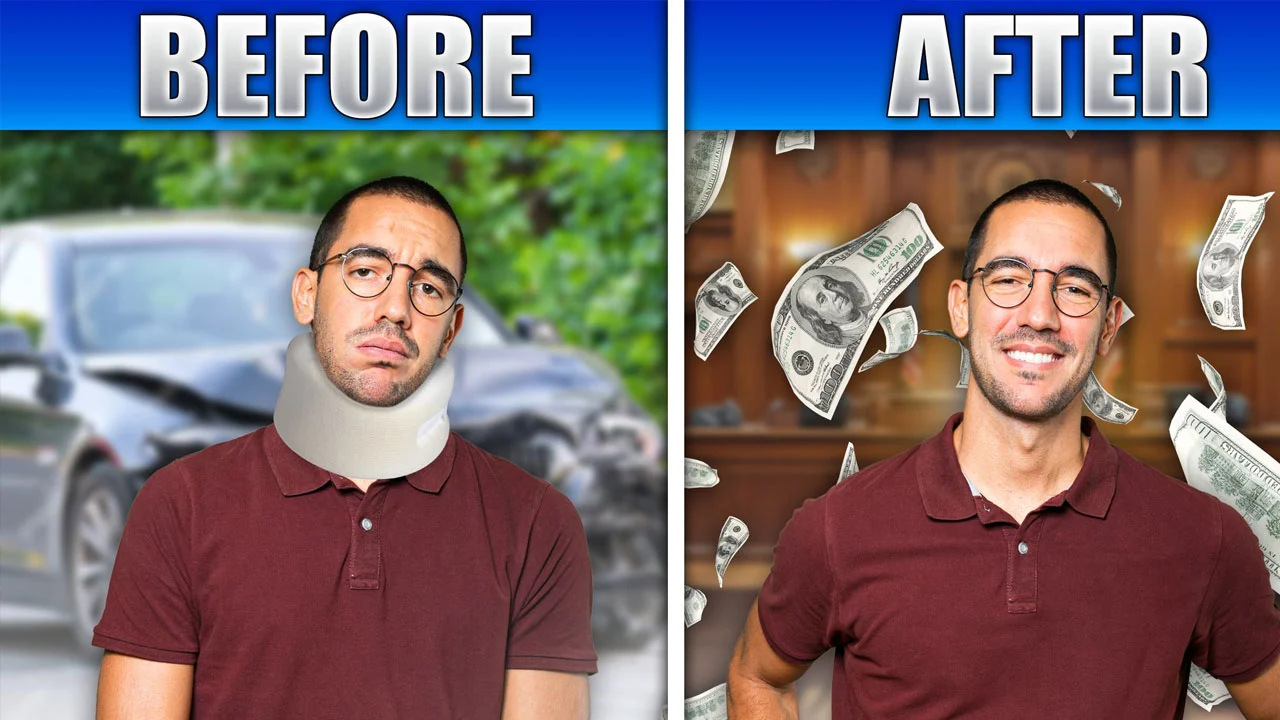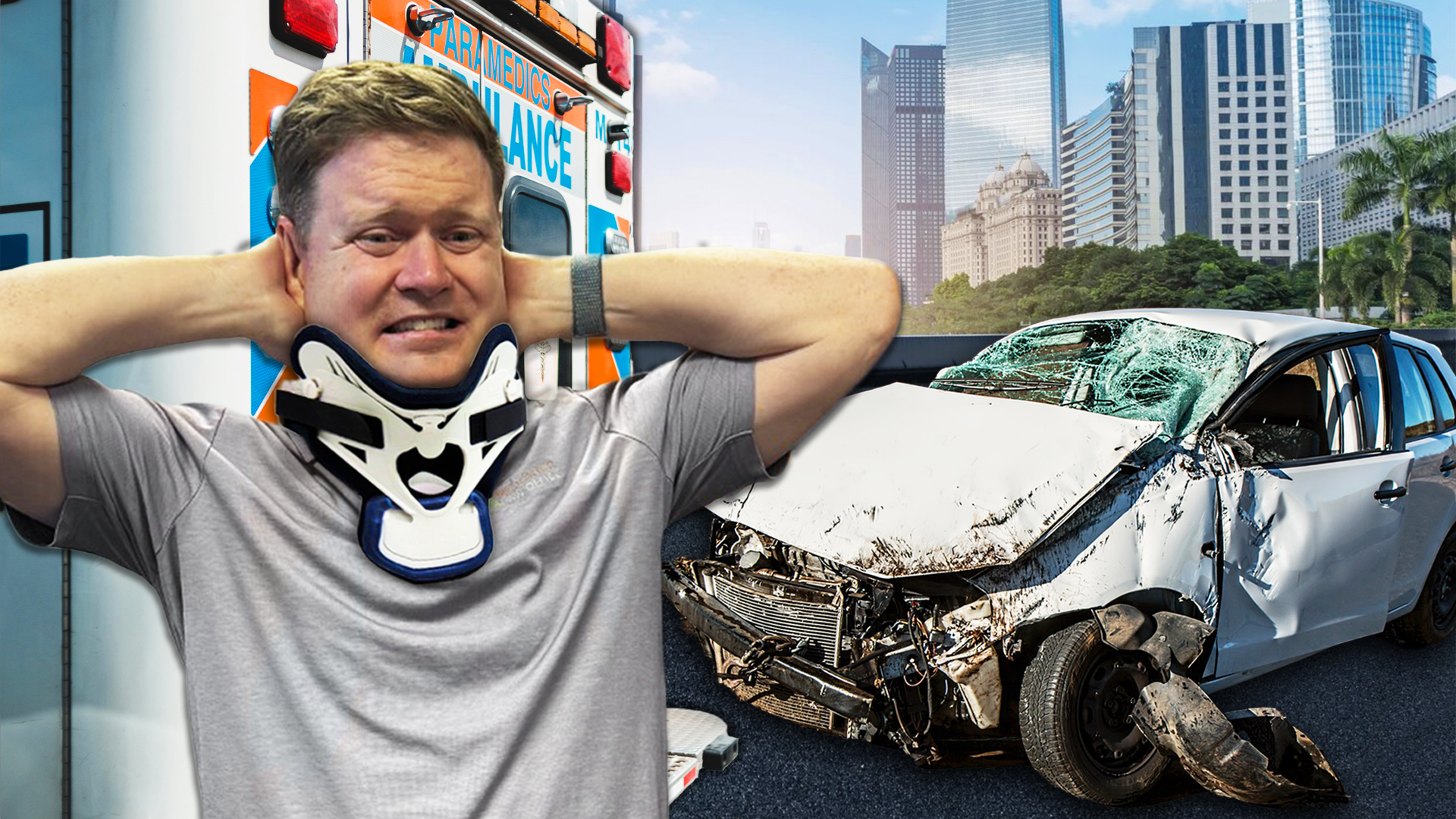Kentucky personal injury attorney here, Tate Meagher. I’m here today to talk about the number one question I get from my clients who have been injured in a car accident, and that is, what is my car accident injury claim worth? Well, there’s a variety of factors you have to look at.
No-Fault or PIP State
I’d start off by saying Kentucky is what is called a no-fault or PIP state. You may have heard this phrase before, no-fault. What this means is basically under Kentucky law, if you have car insurance, it’s very, very likely that you have what is called no-fault coverage or PIP benefits, personal injury protection benefits. What that is, basically if you’ve been involved in a car accident, your car insurer will pay up to the first $10,000 for your medical bills. Not only medical bills though, they’ll also pay up to $200 a week per Kentucky law for your lost wages. This is no-fault benefits. So no matter who’s at fault for the accident, your insurance company will pay. This is a good thing, so don’t be afraid to pay for it. It’s a good thing to know, and it’s a good thing to know you’ll get treatment after your accident if you’ve been injured in an accident.
Insurance Coverage
After that, you want to look at how much insurance coverage is available to you for your injury claim. So you’re looking at policy limits of the other driver. Maybe there are some other policy limits that you’re not aware of for insurance coverage. It’s important to investigate this. There could be multiple policies involved. I would encourage you to reach out to an attorney to investigate this for you. There might be some insurance coverage available to you that you’re not aware of.
Assessing Damages
After that, you want to look at what are your damages as a result of the accident. The most common types of damages that you can recover in a car accident claim include medical bills, lost wages, and pain and suffering. As far as pain and suffering go, what we do as attorneys is typically look at historical data in the local jurisdiction where the lawsuit would be filed. We look at past jury verdicts for similar cases to yours where the person sustained the accident and then determine what your case might be worth.
Comparative Negligence
After looking at damages, you want to look at the percentage of fault. Kentucky is what is called a comparative negligence state. What this means is that you can still recover even if you’re a percentage at fault for the accident, as long as you’re not 100% at fault. Your recovery is diminished by the percentage of fault that you’re determined to be. For instance, if you’re in a car wreck and a jury determines that you’re 25% at fault for the accident and the other driver is 75% at fault, you can still recover 75% of your damages from the other driver’s insurance company, but you’re out that 25% that you’re determined to be at fault for the accident.
Nature and Extent of Injuries
After determining the percentage of fault, you have to look at the nature and extent of your injuries. Obviously, someone who’s going to be in a wheelchair for the rest of their life is a type of case that’s going to have high-value damages compared to someone who has just suffered neck and back injuries as a result of the accident. Not to say that those types of injuries don’t have value—they do. I would encourage you to reach out to an attorney if you have suffered neck and/or back soft tissue injuries as a result of your accident. But they’re not going to have the type of value that someone significantly injured to the point that they’re going to be in a wheelchair for the rest of their life would have.
Conclusion
Well, that’s all I have for you today. I hope you have found this video to be informative. I would encourage you to watch other videos on my YouTube channel, Call Tate YouTube channel, and subscribe to my YouTube channel. Thanks!








Recent Comments